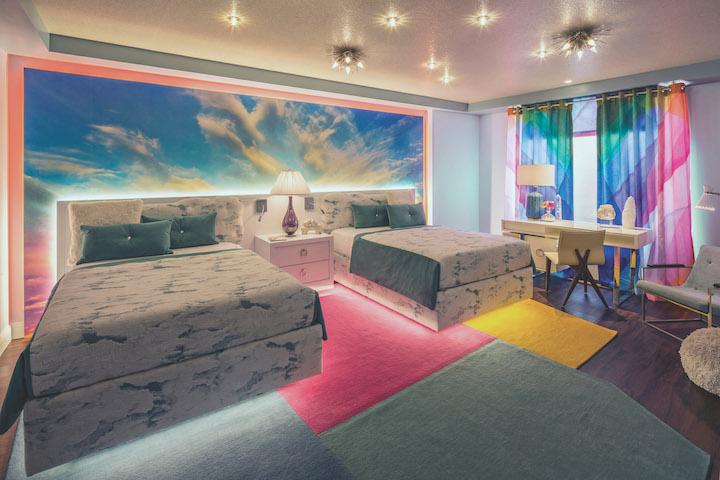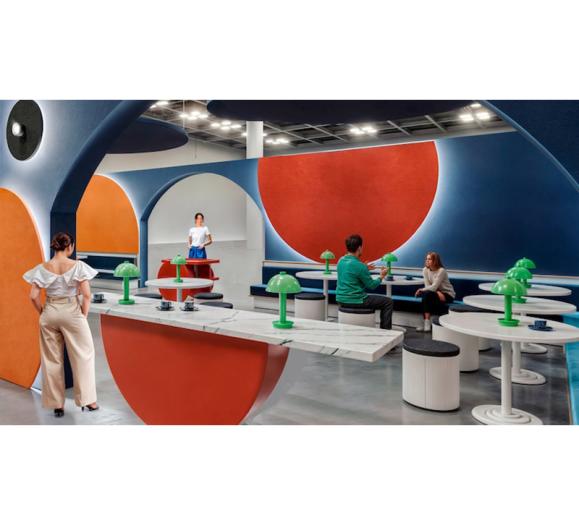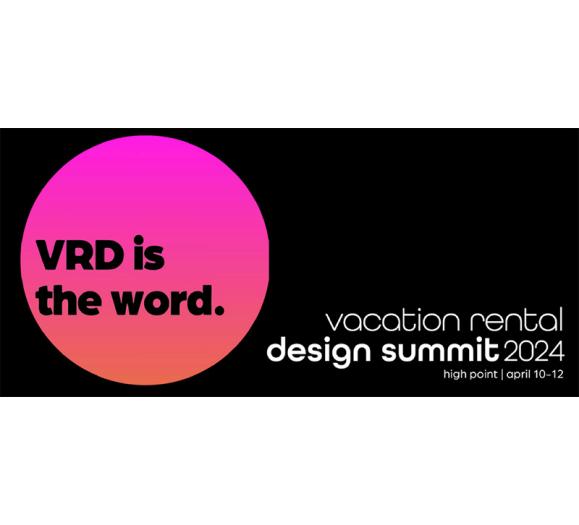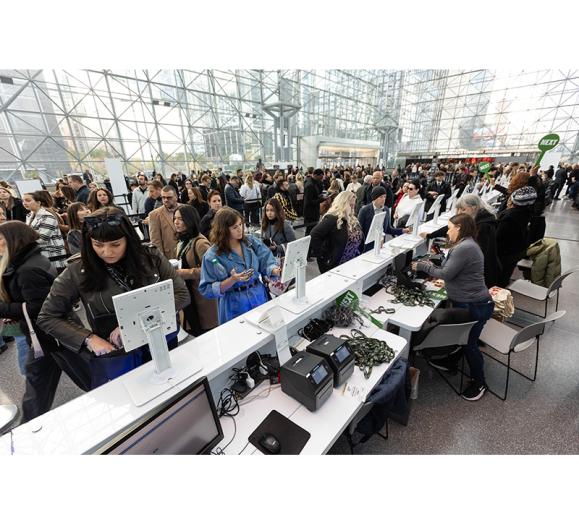Few in the home furnishings field would dispute that good design simply makes us feel better. Now there’s a term for it — Design Harmony — and all indications are that it represents a healthy opportunity for interior designers and others in the business of home.
Mike Peterson, President of Vision Marketing and an industry veteran well known for his leadership roles in shelter magazine publishing (Luxe Magazine, Hearst) and furniture manufacturing (LaBarge, Madison Square) is on a mission to spread the good news. He’s been speaking and writing on the subject for the past 18 months, in addition to spearheading the development of Design Harmony, International Furnishings and Design Association’s upcoming residential certification program for health and wellness.
The premise? “Designers need to realize that in one form or another, they are health providers,” Peterson says. “Now, understand that we’re not proposing adding an M.D. to their signature, but when one lives in a healthier environment, blood pressure goes down. Heart rates go down. And any doctor in the world will tell you that makes you healthier. But most residential designers are not getting credit for that, and they are missing an opportunity to create higher levels of value for themselves as health-and-wellness centered design firms.”
In terms of subject matter, Design Harmony is expected to focus on various components like biophilia, chromotherapy, how technology impacts improved health in a home, and a study of psychology and neuro-aesthetics. Peterson himself became intrigued about the emotional and psychological rewards of design during a conversation with world-class architect Donald Ruggles, author of “Beauty, Neuroscience & Architecture: Timeless Patterns & Their Impact on Our Well-Being.”
“We have a neurological response to beauty — a shot of serotonin in the brain — that is backed by science,” the executive says. “This is no longer theoretical or anecdotal, it’s academic. Neuroscientists like Anjan Chatterjee, professor of neurology at the Perelman School of Medicine at the University of Pennsylvania have done numerous studies on the benefits of good design and the value of arts in our lives.
“We also know that doctors in Canada have been authorized by their governing body to prescribe trips to museums, art galleries and design centers instead of a bottle of pills, while in Japan doctors have been prescribing time in the forest — Shinrin Yoku or forest bathing — since the late ‘80s,” Peterson notes. “The medical community understands the impact on health and wellness, and this is something the residential interior design profession must embrace.” As such, in presentations to designers about Design Harmony, Peterson includes a quote from the thesis of Dr. Claudia Miller from the University of Texas School of Medicine: ‘Architects and designers have a greater ability to improve public health than medical professionals.’”
But it’s a spate of recent, high-profile design projects in the commercial arena that Peterson says should be making residential types consider getting well quick.
He points, for example, to the Spheres, three of the newest buildings on Amazon’s campus in downtown Seattle, a $4 billion investment in the design, development and construction of its urban headquarters. A premier example of biophilic design, the Spheres feature more than 40,000 plants from around the world in an environment that’s more like a tropical rainforest in the clouds than an office. Biophilia also figures in the headquarters of other tech giants such as Apple and Etsy.
“You don’t have to wonder why Apple spent $5 billion on its new headquarters in Cupertino, CA, which is 100 percent biophilic in design,” he says. “They know that it increases creativity and productivity. Do you think businesses would make these types of investments in their corporate headquarters if they thought this was a trend that would come and go? They know and can document the benefits of the right kind of environment in the workplace.” Indeed, he referenced a global study of 7,600 employees that found that workers in healthy environments were 15 percent more productive and 6 percent more creative, “generating an increase in profitability of $3,400 per employee. Just do the math!” Peterson adds.
The Business Case for Wellness Design
According to Peterson, Design Harmony is about increasing the value proposition that designers offer. “For years, we’ve been saying good design makes us feel better. That’s fine, but too many residential interior designers are still charging $150 an hour for design fees and services. What we’re doing now is providing the documentation for designers to be able to lay claim that yes, they will make your home a healthier environment. When you add that value to what you’re offering as your services, it will distinguish you and differentiate you from the rest of the pack of designers who are not laying claim, who are not taking the time to understand that what they need to do is provide a healthier environment.”
Still, while major developers, hoteliers, the medical profession and big-name tech companies are wisened to the impact of interior design on wellness (and the competitive advantages), it will likely take time for the average consumer to understand the health benefits of good design. “It’s up to the individual designer to get the word out, to position themselves as authorities in the marketplaces,” continues Peterson.
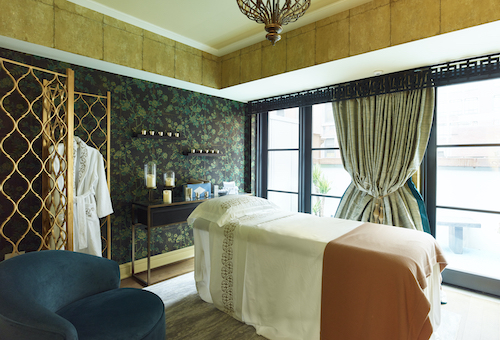
Taking the opportunity to participate in high-profile showhouse projects is one way to demonstrate the benefits of healing environments. Long Island, NY-based interior designer Lori Miller, who is building her business by designing for all of the senses whether the project is commercial or residential, created a spa room for Holiday House last year.
Charles Pavarini, III, President of Pavarini Design — a leading light in the lighting sector who has performed groundbreaking work for Ronald McDonald House using color healing chromotherapy to help relieve pain in children enduring chemotherapy treatments — took on a room specifically designed for well-being for the mind, spirit and body at Kips Bay.
“This was something different than just doing another pretty room,” the designer says. “It was in the penthouse, and when people walked up you could see how they relaxed, the breath they let out. Here in New York, they’re building towers that are going to be 100 stories high, and I feel that instead of doing a media room or a game room, every new apartment building, new or old, needs to have an area that is specifically for wellness, where families can go individually or together, that helps them decompress. Wellness is something we all need now, because you turn on the TV these days and start shaking. We need to show clients and consumers what’s possible.”



